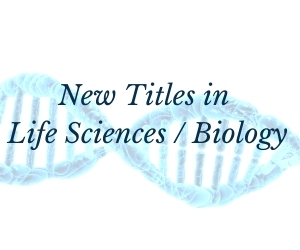System Upgrade on Tue, May 28th, 2024 at 2am (EDT)
Existing users will be able to log into the site and access content. However, E-commerce and registration of new users may not be available for up to 12 hours.For online purchase, please visit us again. Contact us at customercare@wspc.com for any enquiries.
Social life of bacteria is in the focus of recent research. Bacteria are simple enough to be accessible by science, but still complex enough to show cooperation, division of labor, bet-hedging, cross-talk and synchronized activities, and a rich variety of social traits. A central question of evolutionary theory is the explanation why this social life did develop, and why these systems are evolutionary stable. This book introduces the reader into the theory of evolution, covering classical models and as well as recent developments. The theory developed is used to represent the up-to-date understanding of social bacteria.
This book will be useful for students and lecturers interested in mathematical evolutionary theory, as well as for researchers as a reference.
Sample Chapter(s)
Introduction
Chapter 1: Prelude
Contents:
- Introduction
- Prelude
- Neutral Evolution
- Frequency-Independent Selection
- Frequency-Dependent Selection
- Multilevel Evolution and Price Equation
- Adaptive Dynamics
- Bacterial Cooperation
- Concluding Remarks
- Appendix A: Mathematical Tools
- Appendix B: Further Notes
- Appendix C: Glossary
- Bibliography
- Index
Readership: Graduate students, lecturers and researchers interested in mathematical evolutionary theory.
























